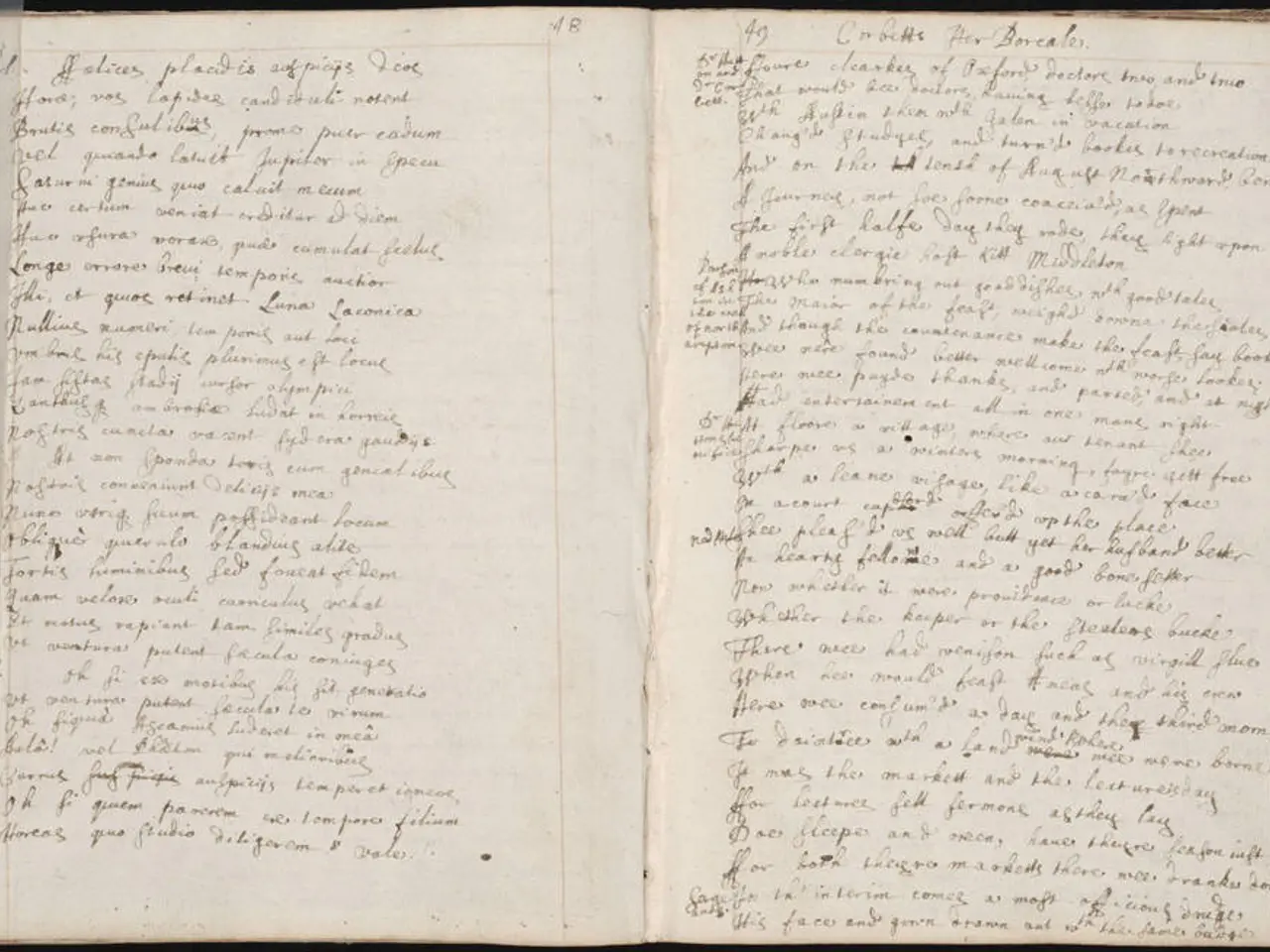Allegorical Sample Sentences: Deciphering Hidden Symbolic Interpretations
In the realm of literature, allegory stands as a timeless and captivating device, a tool used by authors to explore the depths of society and human nature. Allegory, a literary technique that uses symbols and metaphors to convey a deeper meaning, has proven its enduring relevance across generations and cultures.
One of the most iconic examples of allegory is George Orwell's "Animal Farm", a political allegory that satirises the dangers of totalitarianism. On the surface, it tells the story of farm animals, but beneath the surface, it critiques power, corruption, and political manipulation in society. The characters and events in the story symbolically represent key figures and events of the Russian Revolution, providing a profound critique of totalitarian regimes.
Mark Twain's "The Lowest Animal" is another work that employs allegory and irony to critique human nature and society. Twain ironically portrays humans as "the lowest animal", highlighting traits such as cruelty, greed, and violence that contradict the idea of human superiority. His use of paradox and witty observation challenges readers to reconsider moral flaws and social behaviours inherent in humanity.
Plato's "Allegory of the Cave" is a philosophical allegory that symbolises ignorance versus enlightenment. It explores how perception shapes knowledge about the world and human condition, offering insights into the nature of reality and the human condition.
Aesop's Fables, timeless allegories, teach valuable lessons about human behaviour. A classic example is "The Tortoise and the Hare", an allegory demonstrating the value of patience and persistence over arrogance and haste.
The Allegory Closeness Scoring System evaluates the presence of allegorical elements in two categories: Figures of Speech and Forms of Literature. The final score, ranging from 0-10 to 21-25, indicates the strength of allegorical nature in a text.
Allegory allows authors to explore universal themes and human experiences in a profound way, often conveying a didactic, or teaching, purpose. The process of unraveling the allegory can be both enjoyable and enlightening, providing readers with a deeper understanding of the text and the world around them.
Irony, another powerful literary device, is often used in allegory to create a playful tension between what's said and what's meant. The scoring system assigns a score based on the use of symbolic objects, characters, or events, and the frequency and depth of metaphors, irony, satire, and myth in a text.
In conclusion, allegory remains a relevant and powerful literary device today, inspiring, entertaining, and challenging readers of all ages. Its ability to hide its true meaning beneath the surface, requiring readers to decode its symbols and interpret their significance, makes it a captivating tool for exploring the complexities of society and human nature.
In the realm of education-and-self-development, learning to decipher allegory within literature can offer profound insights into society and human nature. This skill is not limited to allegorical texts but can be extended to understanding irony in entertainment or general-news contexts as well.
For instance, satirical cartoons in newspapers or humor in television programs could employ irony to critique societal issues or magnify societal absurdities, thereby serving as vehicles for education and self-development beyond merely offering entertainment.




